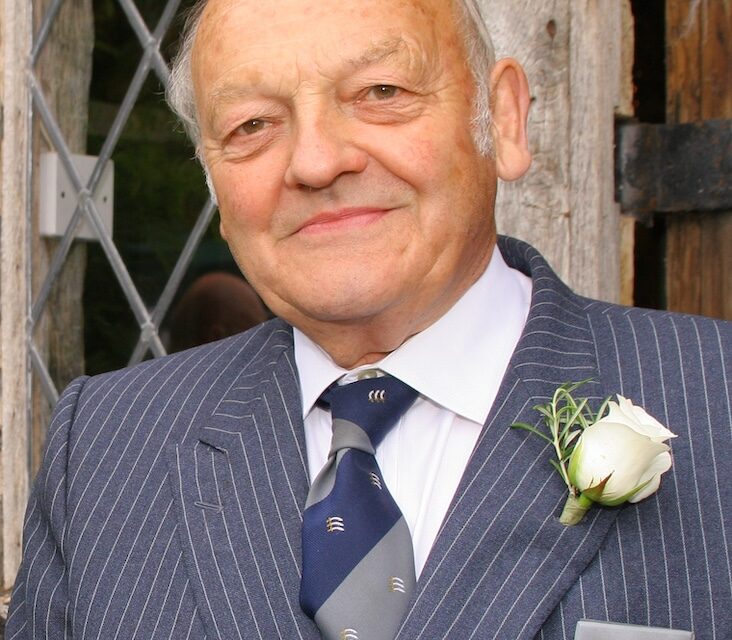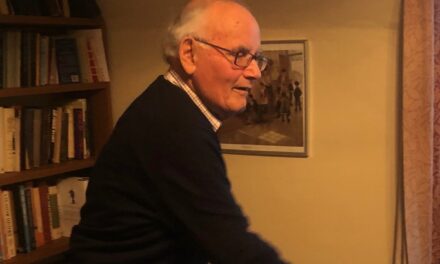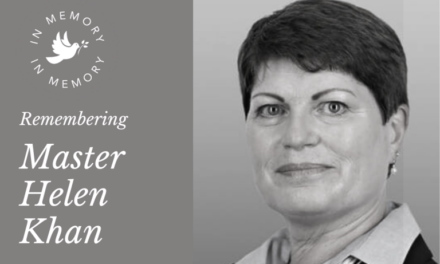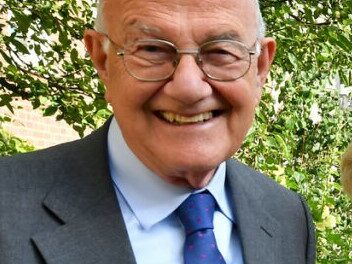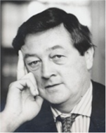Patrick Garland was born in Norfolk. He was educated at Uppingham School and went on to study law at Sidney Sussex, Cambridge in the late 1940s. On graduation, he joined chambers as a pupil at 11 Kings Bench Walk, Temple, now Keating Chambers. He built a busy mixed common law practice, including some heavy criminal work. Through the 1950s he continued to supervise at weekends at Sidney Sussex until his practice became too busy. He was a popular pupil master and many of his pupils had distinguished careers on the Bench and in the Supreme Court, as well as overseas in Canada and Germany.
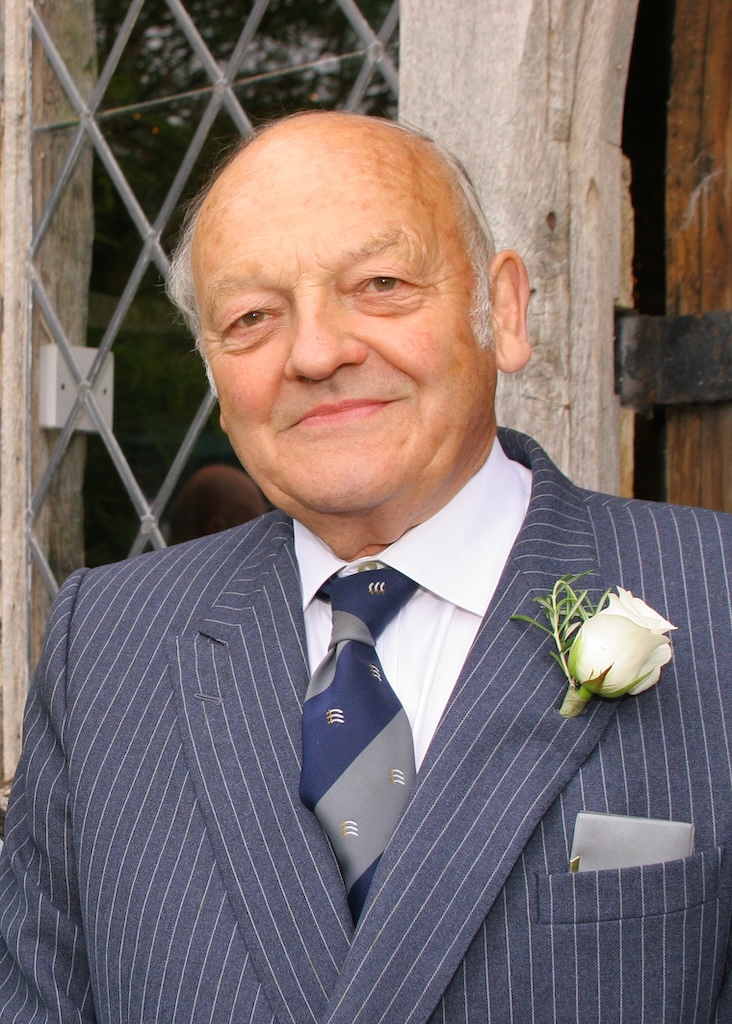
During his time as a junior, construction became a part of his practice. He was comfortable with highly technical issues of construction work involving close consideration of piles of technical drawings. These would have been impenetrable to many but Master Garland was at home with such matters. As a student, he had bought a traction engine from a scrap merchant and restored it. Steam engineering remained a lifelong hobby of his.
He was appointed Assistant Recorder and then Recorder of Norwich in 1971. In 1972, Patrick took silk alongside his colleague from 11 King’s Bench Walk, Donald Keating, and became Leading Counsel. Patrick was at the time the youngest person to attain silk, a fact he was very proud of. He was soon appointed Recorder for the Eastern Circuit. For the next 13 years before he went onto the Bench, Master Garland’s practice became more and more centered on construction, following in the footsteps of Donald Keating, who often led him in this rapidly developing field of specialist work. He worked on many key construction issues including the Thames Barrier, the demolition of post-war high-rise buildings and a landmark case on latent defects which arose in the construction of factory chimneys. His practice took him to Singapore, the States and the Middle East. Gradually chambers as a whole took on more construction briefs, becoming the pre-eminent chambers in the field due to the work of Master Garland and Donald Keating.
Construction was a new area of practice and soon led to the establishment of a brand-new Bar Association, the Official Referees Bar Association (ORBA) and Patrick became its first Chairman. This catchy title refers to the fact that, for obscure reasons, the judges who tried this type of case were called Official Referees, who were Circuit Judges in rank and not full High Court Judges. Considering the size and importance of the work done by Official Referees, this distinction became anomalous to the point of absurdity, and it was Master Garland who led the charge to get it removed as happened a few years later.
In 1985 Master Garland was appointed to the High Court Bench, becoming the first (but not the last) member of Keating Chambers to achieve that distinction. This promotion was particularly auspicious, since it was the first time that a barrister who specialised in construction work was made a High Court Judge and assigned to the Queen’s Bench Division rather than the Official Receiver’s Court. This was the thin end of the wedge since, thereafter, after much prevarication, it was acknowledged on high that construction work was sufficiently important for the Official Receiver’s Court to be abolished and replaced by High Court Judges sitting in the Technology and Construction Court. The fact that it was Master Garland’s appointment which started the process is testament to the high esteem in which he was held by the senior judiciary at the time. Master Garland was also rightly proud of being instrumental in bringing about this long overdue reform.
Master Garland served as judge of the Employment Appeal Tribunal from 1986 to 1995, was the Presiding Judge of the South Eastern Circuit from 1989 to 1993 and was president of the Central Probation Council from 1986 to 2001. He retired from the Bench in 2002. Sadly at that time his wife, Jane, had been diagnosed with cancer so their plans for an active retirement were somewhat curtailed. He was however able to continue with his many interests and wide circle of friends up to his death aged 94 in August 2023.
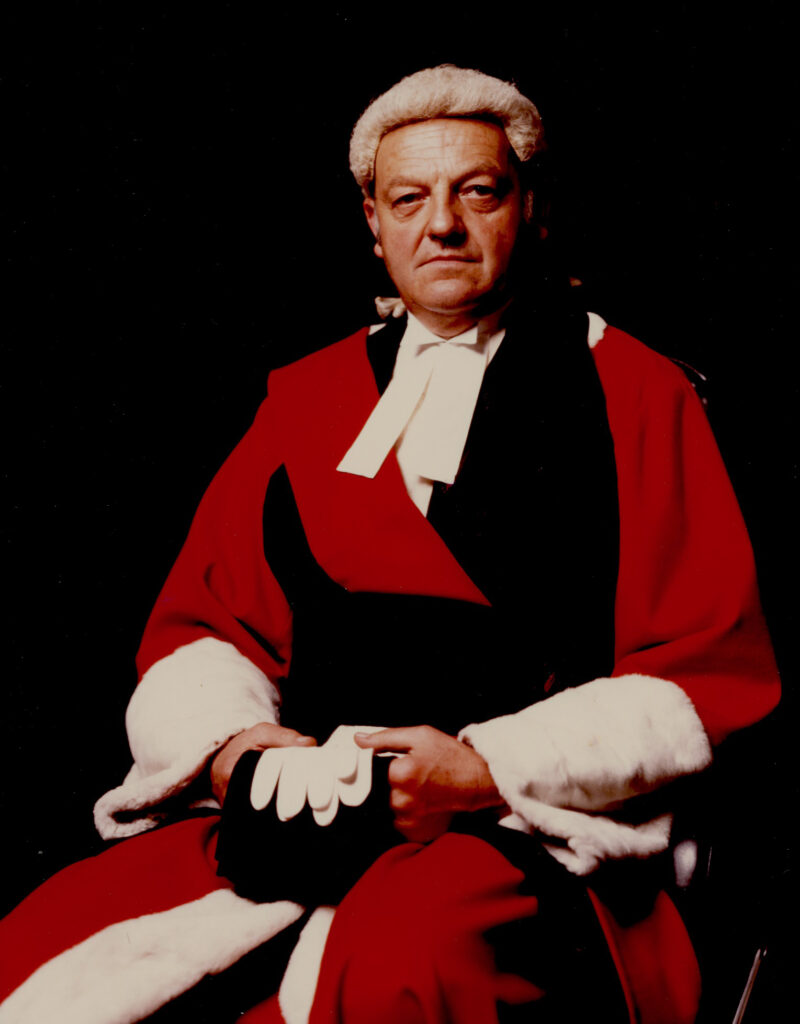
He was a stickler for etiquette and very much a traditionalist when it came to sticking to the way things are done. He had a reputation for being unfailingly courteous and considerate and a lot of fun to work with too. He was a witty man with a great sense of humour, which could be wicked at times but never at another’s expense. His love of the countryside, especially his beloved Norfolk, never left him. He was an expert gardener and vegetable grower, a prolific reader and a great sportsman in his early days and a great follower of sport in later life.
As an advocate he had a reputation for being persuasive and effective whatever tribunal he was appearing before. In court he was unfailingly courteous and polite, softly spoken, never raised his voice or attempted to browbeat or intimidate a witness. His manner was always low key, and sometimes he would intentionally play down his argument to the point of self-effacement. As a judge he was very proud never to have had a judgment overturned on appeal.
He was a traditionalist and a stickler for doing things properly but he was also a very funny and kind person whom people liked and admired. He was without doubt one of the outstanding lawyers of his generation and one who was able to bring some innovation to his area of expertise.
Philippa Cottle (with thanks for material from Richard Fernyhough KC’s eulogy)

